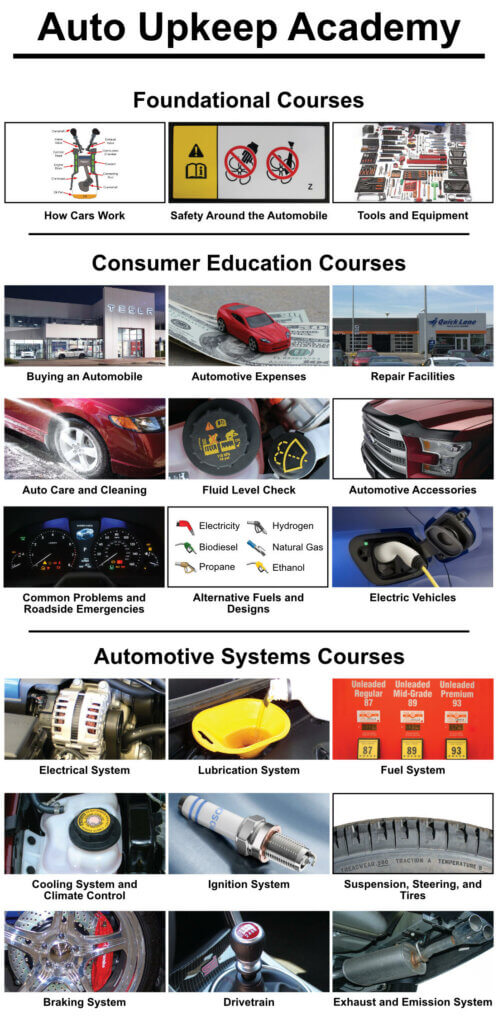This post is sponsored by Sutliff & Stout Injury & Accident Law Firm.
Car accidents can be difficult and overwhelming. This is especially true when you’re involved in an accident at no fault of your own. When it comes to proving fault, it’s important to understand the particular regulations governing your claim.
In Texas, establishing who is responsible for a car crash is crucial for recovering compensation in potential legal action. Allow this guide to provide fundamental tips on how to prove fault determined in court after getting crashed into in Texas.

Texas Traffic Laws
Traffic laws help determine who’s at fault for an accident. To prove fault in a Texas car accident, familiarize yourself with rules about the right-of-way, traffic signals, and speed limits. Law violations by the other driver can expedite and strengthen your case when determining fault.
Gathering Evidence at the Scene
One of the first actionable steps you can take at the accident scene, after receiving medical care and ensuring that you and everyone else involved are safe, is to begin your evidence-gathering process. If it is safe to do so, professional accident attorneys suggest the following steps:
- Take photos and videos of the scene that capture different angles of the accident, with vehicle positions, road conditions, traffic signs, and tire marks.
- Collect witness contact information and eyewitness statements from anyone who saw the accident.
- Call the police to obtain a police report which includes the officer’s assessment of the accident.
Utilizing CCTV Footage
Traffic cameras and surveillance cameras may prove invaluable if they so happened to have captured your accident. This footage serves as a powerful tool in proving who’s at fault. Obtaining this footage may require a timely request before it is erased or recorded, so don’t hesitate and try to retrieve the footage after the accident.
Medical Record Evidence
When you’ve sustained significant injuries, your medical records can show how you’ve been directly affected by the accident. Linking your injuries directly to the accident through documentation and journaling how these injuries impact your life can be essential in proving the extent of the damages caused by the other driver.
Texas Comparative Fault
Texas is a “modified comparative fault” state. According to Texas law, even if you are partially at fault, you can still recover damages. You can recover damages as long as you are not more than 50% responsible for your accident. However, your recovery will be reduced by your percentage of fault. This rule is crucial to fair negotiations with insurance companies.
Handling Texas Insurance Claims
Insurance companies want to do all they can to avoid paying you. That’s why when dealing with insurance companies, it’s important to present as much evidence as you can muster that supports your claim. Be prepared to do the following:
- Explain how the evidence points to the other driver’s fault
- Stay firm and confident in your claim
- Back all of your assertions with evidence
Injury professionals recommend remaining diligently informed, meticulous with your notes, and persistent to ensure that you recover the justice you deserve in your claim.
This post is sponsored by Sutliff & Stout Injury & Accident Law Firm.




